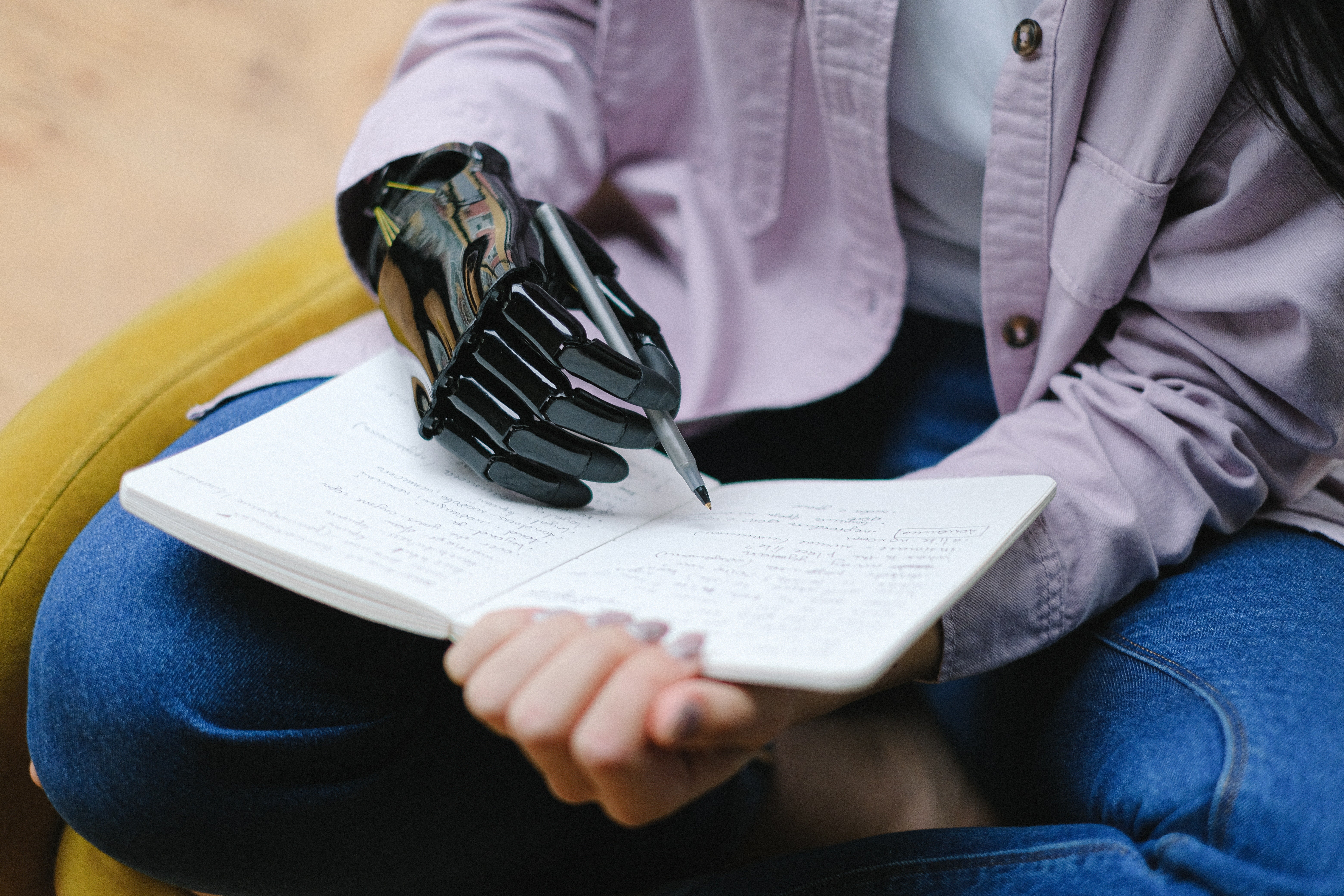Researchers hope graphene foam sensors can give prosthetics ‘human touch’
University researchers are hoping 3D graphene foam sensors could transform prosthetics and robotic limbs.

Your support helps us to tell the story
From reproductive rights to climate change to Big Tech, The Independent is on the ground when the story is developing. Whether it's investigating the financials of Elon Musk's pro-Trump PAC or producing our latest documentary, 'The A Word', which shines a light on the American women fighting for reproductive rights, we know how important it is to parse out the facts from the messaging.
At such a critical moment in US history, we need reporters on the ground. Your donation allows us to keep sending journalists to speak to both sides of the story.
The Independent is trusted by Americans across the entire political spectrum. And unlike many other quality news outlets, we choose not to lock Americans out of our reporting and analysis with paywalls. We believe quality journalism should be available to everyone, paid for by those who can afford it.
Your support makes all the difference.Researchers are hoping graphene foam sensors will help transform prosthetics and robotic limbs, allowing them to mimic the sensitivity and feedback of the human touch.
The project, led in part by the University of the West of Scotland (UWS), aims to develop sensors which provide enhanced capabilities to robots, helping improve their dexterity and motor skills, through the use of accurate pressure sensors which provide haptic feedback and distributed touch.
The devices, made from 3D graphene foam, sense feedback when the material is put under pressure and causes a change to its electronic resistance.
Our novel 3D graphene foam, has the capability to mimic the sensitivity and feedback of human touch
Using the piezoresistive affect, the devices can detect a range of pressures, from light to heavy.
Professor Des Gibson, director of the Institute of Thin Films, Sensors and Imaging at UWS and the project’s principal investigator, said the advanced technology “could help transform robotic systems”.
“Over recent years the advancements in the robotics industry have been remarkable, however, due to a lack of sensory capabilities, robotic systems often fail to execute certain tasks easily,” he said.
“For robots to reach their full potential, accurate pressure sensors, capable of providing greater tactile ability, are required.”
The next stage of the project, which also has involvement from Integrated Graphene Ltd and supported by the Scottish Research Partnership in Engineering and the National Manufacturing Institute for Scotland, is set to look to increase sensitivity of the sensors, before developing for wider use in robotic systems.
Marco Caffio, co-founder and chief scientific officer at Integrated Graphene, said: “Gii, our novel 3D graphene foam, has the capability to mimic the sensitivity and feedback of human touch, which could have a transformative impact on how robotics can be used for a whole range of real-world applications from surgery to precision manufacturing.
“We know the unique property of Gii makes it suitable for use in other applications like disease diagnostics and energy storage, so we’re always very excited to be able to demonstrate its flexibility in projects like this one.”